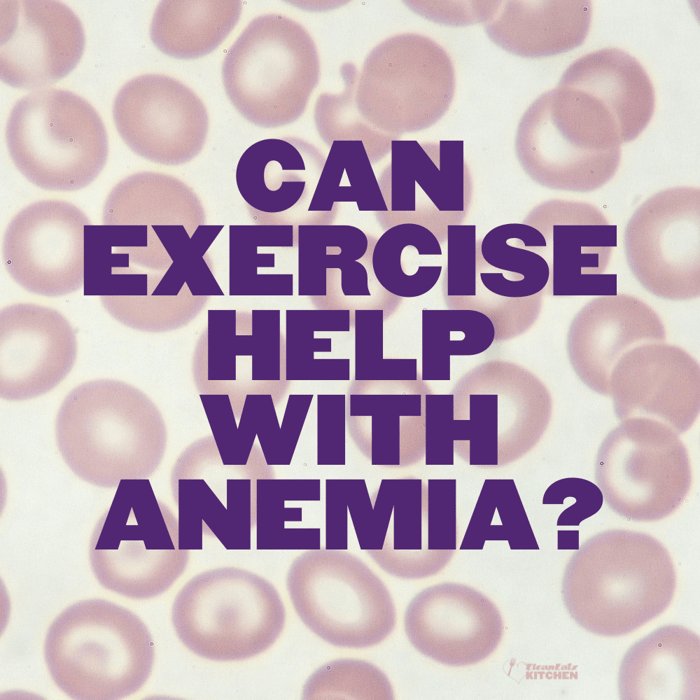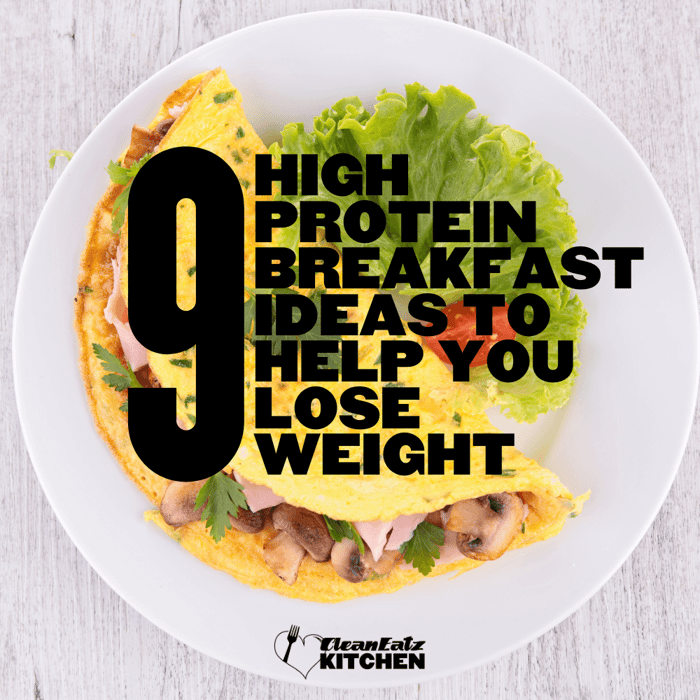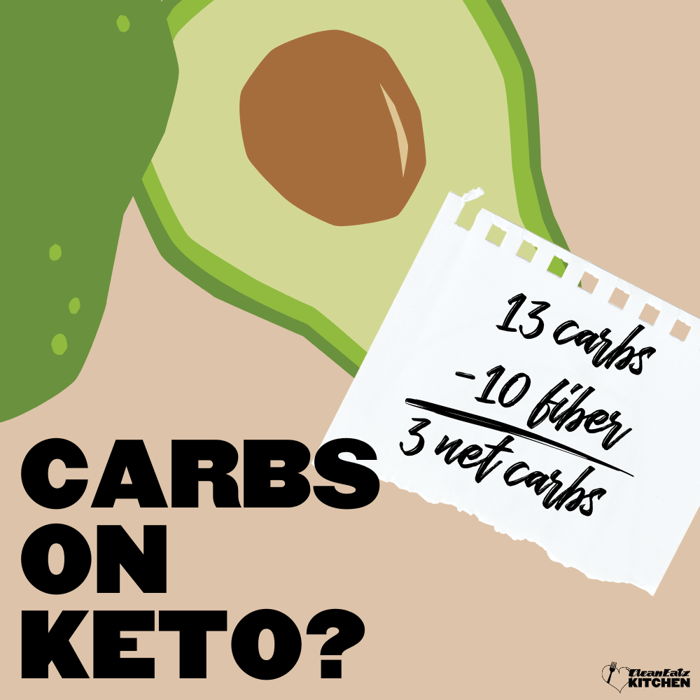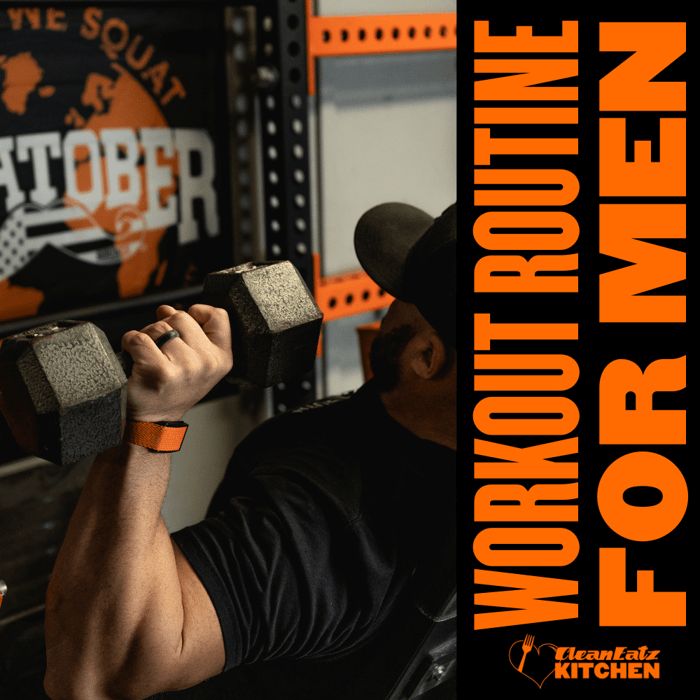Can Exercise Help with Anemia?

Diana Ketchen
Exercises & Fitness
|
Healthy Lifestyle
09/30/2025 1:47pm
6 minute read
What anemia means for exercise
Anemia lowers hemoglobin—your oxygen carrier—so hard efforts feel harder and recovery is slower. That’s why anemia is linked with lower aerobic capacity and reduced performance. The fix is to treat the cause and train smart, not to “push through.”
How exercise helps (and its limits)
- Energy & mood: Regular, moderate activity is associated with better fatigue, mood, and quality of life in many hematology contexts.
- Cardio-metabolic benefits: Walking, cycling, and light strength work support heart health, insulin sensitivity, and functional capacity.
- Limits: Exercise does not replace iron/B12/folate or disease-specific therapy. High-intensity training while significantly anemic can worsen symptoms and performance.
General movement targets for healthy adults are 150 min/wk of moderate aerobic activity plus 2 days/wk of strength, but if you’re anemic, start lower and progress (plan below).
A gentle, progressive plan
- Weeks 1–2: 10–20 minutes/day of easy walking, recumbent bike, or swim; Rate of Perceived Exertion (RPE) 2–4/10. Add 2 short strength sessions (bodyweight or bands: sit-to-stand, wall push-ups, light rows) for 10–15 minutes.
- Weeks 3–4: Build to 25–30 minutes/day (or 5×/week), still conversational. Strength 2×/week (8–12 reps, 1–2 sets for major muscles). Keep an easy day after any harder day.
- Weeks 5–6: If labs/symptoms are improving, add brief gentle pickups (e.g., 3×1–2 min “a little harder,” RPE 5/10) separated by full recovery. Avoid all-out intervals until your clinician clears you.
Hydrate, fuel, and pace. If you’re on prescribed iron, ask about timing away from calcium/tea/coffee. If you’re not yet diagnosed, don’t self-supplement iron—get tested first.
Safety guardrails & “don’ts”
- Get medical clearance if you have chest pain, shortness of breath at rest, fainting, fast/irregular heartbeat, or very low energy.
- Use lab-aware pacing: If your last hemoglobin (Hgb) is <8 g/dL, avoid structured exercise beyond light daily activity unless your clinician/therapist directs it. At 8–10 g/dL, stick to light activity as tolerated; consider short, frequent bouts. Above ~10 g/dL, many can progress to moderate work if symptoms are controlled. Your symptoms still rule the day.
- Avoid dehydration, heat, and altitude surges—especially in sickle cell disease.
- Skip extreme endurance/high-impact blocks (e.g., long runs, hard HIIT) until labs normalize; prolonged foot-strike sports can increase iron losses for some athletes.
Working on weight management too? Pair this approach with a realistic calorie target and adequate protein. Try our calorie-goal guide, compare portion vs. calorie counting, or explore our calorie-controlled meal plans.
Notes by anemia type
- Iron-deficiency anemia (IDA): Exercise can support energy and mood while iron is repleted. Don’t start iron without labs/medical advice. Vitamin C with iron isn’t always necessary; your clinician may still suggest food sources of vitamin C if tolerated.
- B12/folate deficiency: Prioritize treatment to correct the deficiency; begin with low-to-moderate activity and progress as symptoms improve.
- Sickle cell disease: Low-to-moderate training with careful warm-up/cool-down and hydration appears safe and beneficial. Avoid over-exertion, heat, dehydration, and unacclimatized altitude; stop with any pain crisis symptoms.
- Anemia with cancer/CKD or aplastic anemia: Supervised, gentle aerobic + light resistance often improves quality of life and function. If platelets are low, avoid contact sports and heavy lifting; follow your care team’s thresholds.
- “Sports anemia” in endurance athletes: Often a benign plasma-volume expansion (hemodilution), not true anemia. Still, athletes can develop true iron deficiency from combined factors (low intake, foot-strike hemolysis, GI loss). Get tested before supplementing.
FAQs
Can exercise fix anemia?
No—exercise helps fitness and symptoms, but you still need the cause treated (iron/B12/folate, chronic disease management, etc.).
What intensity is safe?
Start with easy–moderate activity you can speak through. Avoid vigorous sessions until your labs and symptoms improve and your clinician clears you.
Best activities while anemic?
Walking, cycling, gentle swimming, yoga, and light resistance work. Delay long runs/HIIT and very heavy lifting until you’re repleted and symptom-free.
Any nutrition tips if I’m iron-deficient?
Use iron-rich foods (heme iron from meat/seafood; non-heme from beans, greens, fortified grains). If prescribed iron, many clinicians recommend taking it away from calcium/tea/coffee; vitamin C may help some, but isn’t universally required.
References
- NHLBI — Consumer guide to anemia (causes, diagnosis, treatment). nhlbi.nih.gov.
- CDC — Adult physical activity guidelines overview. cdc.gov.
- Tsai KZ et al. Anemia & physical fitness association. PMC.
- Otto JM et al. Hemoglobin/total Hb mass & exercise capacity. BJA.
- UW Medicine/SCCA — Blood values & exercise safety thresholds. PDF.
- Wolin KY et al. Exercise in cancer survivors: implement safely; caution with severe anemia. PMC.
- ASH/Blood — Light-to-moderate exercise benefits in sickle cell disease. hematology.org.
- Connes P et al. Exercise training in sickle cell disease (review). PubMed.
- Pinto DMR et al. Systematic review: exercise in sickle cell anemia. PMC.
- Yang Y-P et al. Exercise improves QoL in hematologic malignancies. PMC.
- Borsati A et al. 2025 meta-analysis: exercise & QoL in hematologic malignancies. Healthcare.
- NIH ODS — Iron fact sheet (enhancers/inhibitors; dosing cautions). ods.od.nih.gov.
- Li N et al., 2020 RCT — Vitamin C with iron not necessary for IDA. JAMA Netw Open.
- Mairbäurl H. “Sports anemia” is hemodilution, not true anemia. Frontiers.
- Damian MT et al. Narrative review: anemia in sports. PMC.
- Scoping review: foot-strike hemolysis in long-distance runners. PMC.
Educational content only; not medical advice. If you have chest pain, severe shortness of breath, fainting, or Hgb <8 g/dL, seek care before exercising.



